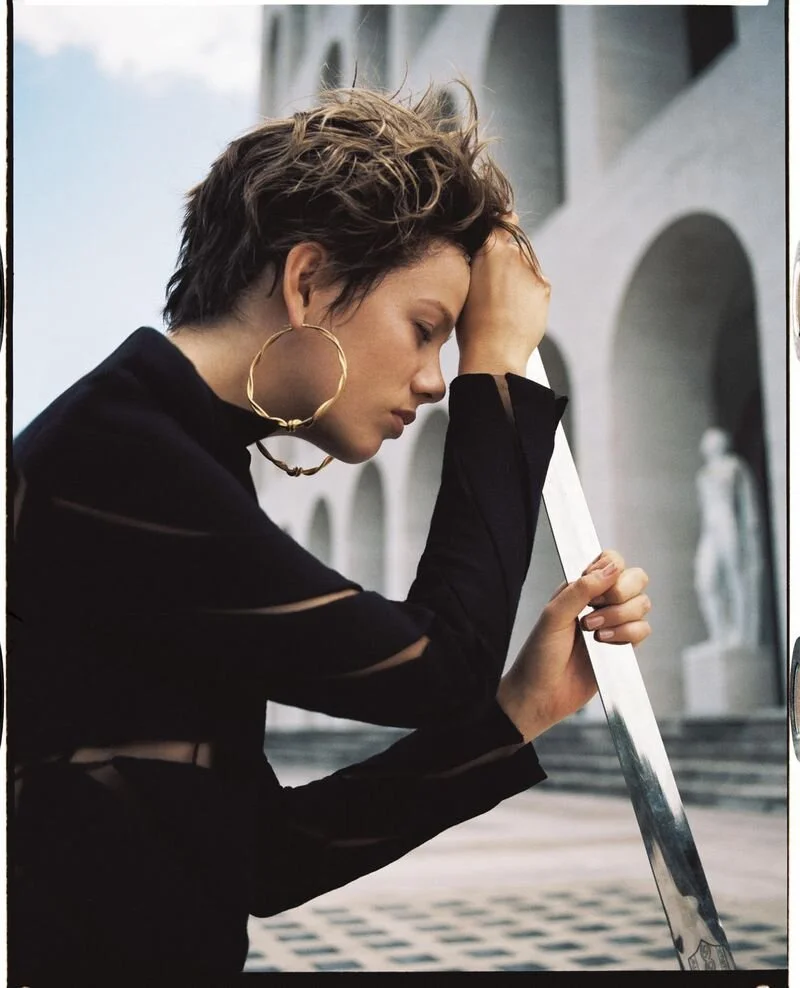J Lo At the Top | Roses of Taif | Plastics: A Toxic Love Story | Loving the Apocalypse
/People
Take 2
J. Lo: The Sequel NYTimes
 Jennifer Lopez signing autographs after an appearance at the Grove, an outdoor mall in Los Angeles. Stephanie Diani for The New York Times
Jennifer Lopez signing autographs after an appearance at the Grove, an outdoor mall in Los Angeles. Stephanie Diani for The New York Times
“Right now, Jennifer is a celebrity of the people, and it’s a strategy that is really, really working for her,” said Peter Castro, deputy managing editor of People, which recently named Ms. Lopez as the world’s most beautiful woman. “Before, there was a huge distance with the American public.”
Ms. Lopez, however, bats away the idea that there has been a makeover.
Living
Home Sweet Home
In luxury Real Estate, the New Global City WSJ
 The Russians are back in the international realestate market and the Chinese have entered it in a big way. New York, London, Paris, Miami and Hong Kong are headlined in this global overview of residency and second home trends.
The Russians are back in the international realestate market and the Chinese have entered it in a big way. New York, London, Paris, Miami and Hong Kong are headlined in this global overview of residency and second home trends.
Nibbles
What do Paris Hilton, Lindsay Lohan and Britney Speals have to do with Fashion and the Big Celebrity Boom? Benjamin Kanarek Blog
From Flash Sales to Philanthropy, It’s Just the Politics of Fashion EcoSalon
Harvey Weinstein goes for the gold again, buying Meryl Streep-starrer ‘The Iron Lady LA Times
Green Beings
Old Roses, New Ideas
Strange encounter at a Saudi airport BBC
 Taif is the center of Saudi Arabia’s multi-billion-dollar domestic tourism industry. Since Ottoman times, farms all around Taif have cultivated the damask rose, a pink, 30-petalled beauty.
Taif is the center of Saudi Arabia’s multi-billion-dollar domestic tourism industry. Since Ottoman times, farms all around Taif have cultivated the damask rose, a pink, 30-petalled beauty.
Then the process of distillation begins - 13 gallons (60 litres) of fresh water is boiled down to eight gallons of concentrated rose water, which is then bottled for sale as a culinary and medicinal speciality.
But the premium product is the slender film of rose oil left floating on top, which sells for an astonishing £40,000 a pint ($40,000 a litre). It is only available in vials half the size of your finger. The scent of it knocks you out.
The Roses of Taif Saudi Aramco World

Brainiacs
Europe Bids Adieu to Bubbly Water in Plastic Bottles
One Word: Plastics

Plastic: A Toxic Love Story OnEarth Magazine
Susan Freinkel, author of Plastic: A Toxic Love Story shares an in-depth interview at Amazon:
Q: Why did you decide to write a book about plastic?
A: In San Francisco, where I live, there’s been a lot of talk about the problems of plastic for several years. I decided to try getting through one whole day without touching anything plastic. The absurdity of this experiment became clear ten seconds into the appointed morning when I walked into the bathroom and realized the toilet seat was plastic. So instead, I spent the day writing down everything I touched that was plastic. By day’s end I was staggered to see how thoroughly synthetic materials permeated my life. Like most people, I completely overlooked the extent to which modern life depends on plastic.
The End Is Coming!
May 21 and the Enduring Appeal of the Apocalypse WSJ
 Even Ayn Rand’s book ‘Atlas Shrugged’ has a metaphorical blowout in the end. Anne’s heroine Dagny Taggart turns to John Galt pronouncing ‘It’s the end.’ Galt corrects her: ‘It’s the beginning.’
Even Ayn Rand’s book ‘Atlas Shrugged’ has a metaphorical blowout in the end. Anne’s heroine Dagny Taggart turns to John Galt pronouncing ‘It’s the end.’ Galt corrects her: ‘It’s the beginning.’
We tend to make causal connections among events—A causes B, which causes C, which causes D, etc.—simply because they follow one another chronologically. These patterns are often false, of course, but they are correct often enough that, in our brains, time and causality are inseparably linked. We thus tend to infuse the passage of time with meaning and to see agency in it as well, whether it takes the form of God’s supernatural agency in settling moral scores or nature knocking us off the pedestal of our technological hubris. Apocalyptic visions help us to make sense of an often seemingly senseless world.
A new book ‘The Believing Brain: From Ghosts and Gods to Politics and Conspiracies’, by Michael Shermer will be published later this month. Shermer is also the publisher of Skeptics Magazine.





